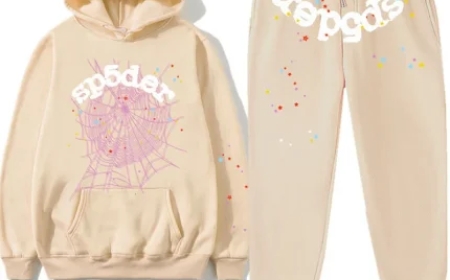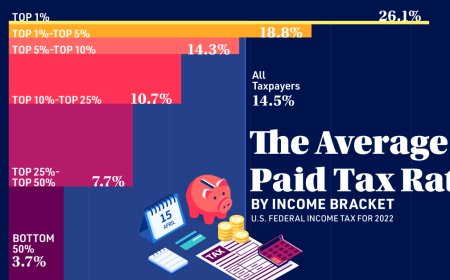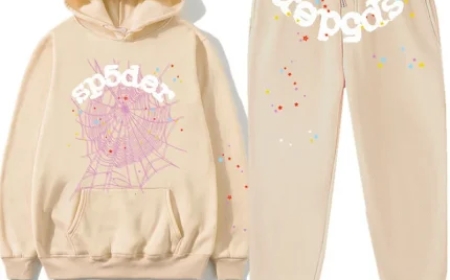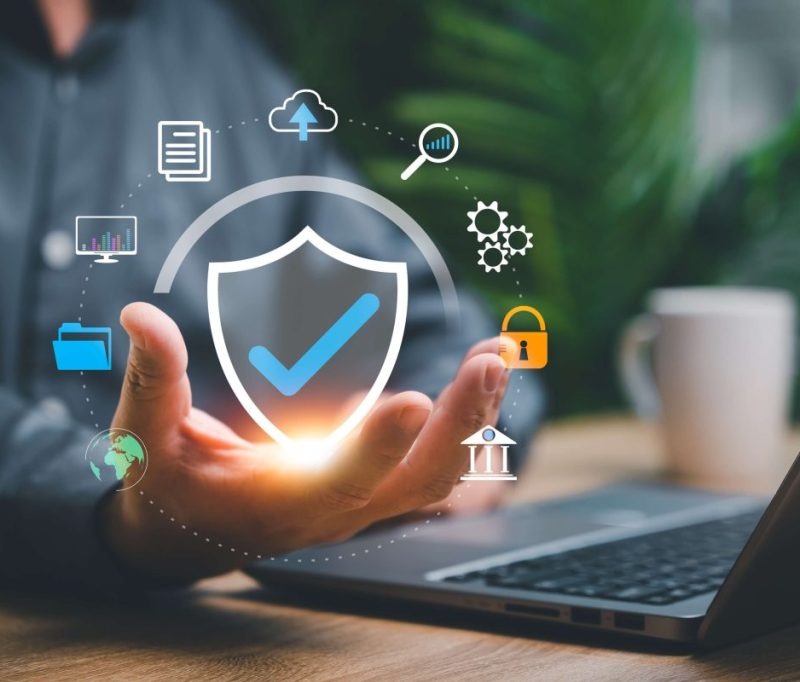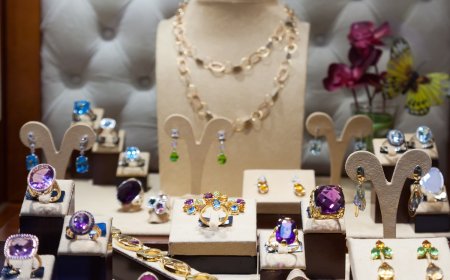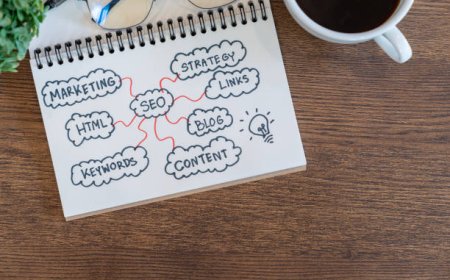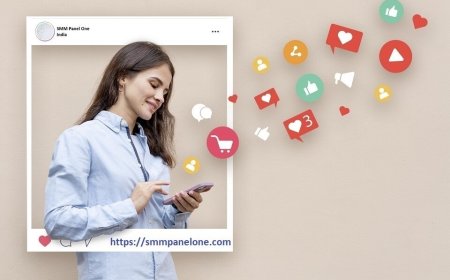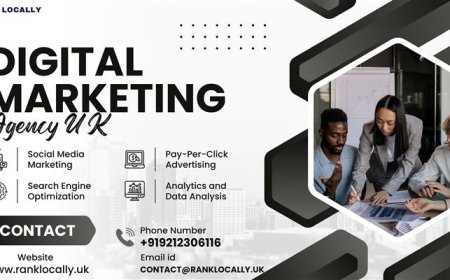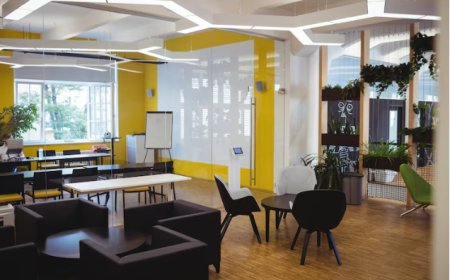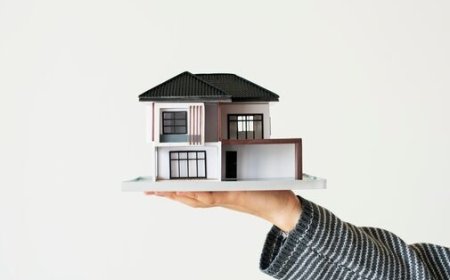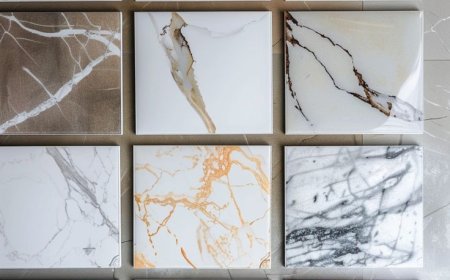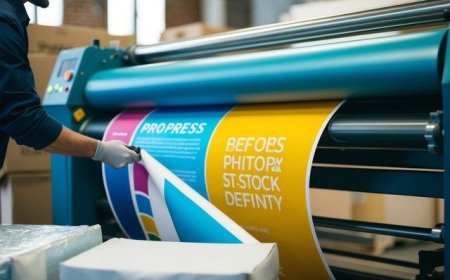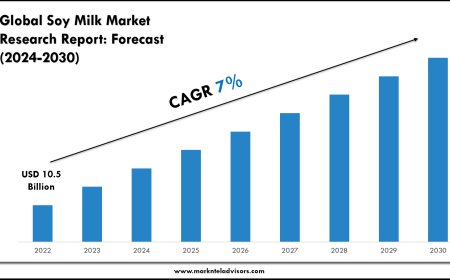Shaping Brand Identity Through Logo Design: Trends, Psychology, and Consistency for Lasting Impact
Shaping Brand Identity Through Logo Design: Trends, Psychology, and Consistency for Lasting Impact
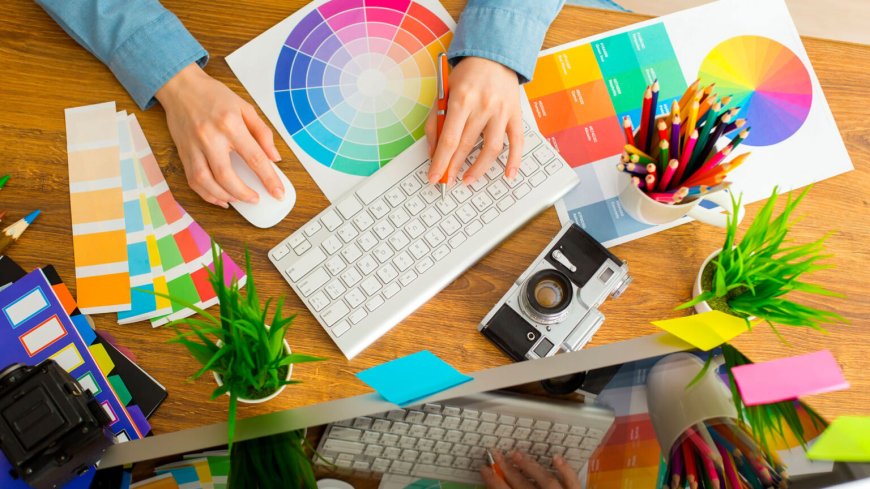
Shaping Brand Identity Through Logo Design: Trends, Psychology, and Consistency for Lasting Impact
In an age where consumers are bombarded with messages from countless brands daily, standing out is no longer optionalits essential. One of the most powerful visual tools for brand recognition and recall is a companys logo. A great logo is far more than just a symbol; its a visual handshake, a promise, and the first impression that sets the tone for a customers perception of your brand.
Crafting a logo that reflects your business values, speaks to your audience, and stays relevant over time requires a deep understanding of design, strategy, and market dynamics. This is why many businesses turn to experienced agencies likeArdent Thriveto develop logo designs that not only look stunning but serve as strategic brand assets. Their ability to blend creativity with business intelligence ensures that your visual identity supports long-term growth and consistency across platforms.
In this article, we explore how logo design shapes business identity, current trends in the design world, the role of color psychology, and the critical importance of brand consistency.
Why Logo Design Matters More Than Ever
A logo isnt just a pretty pictureits the cornerstone of your brands visual identity. From packaging and digital ads to social media and physical signage, your logo is often the first thing people recognize and remember. A well-designed logo communicates your values, sets you apart from competitors, and builds instant credibility.
Logos also play a strategic role in establishing trust. In todays digital economy, consumers are more likely to interact with your brand online before ever speaking with a salesperson. An outdated or poorly executed logo can make even a reputable business appear unprofessional or disconnected.
Effective logo design communicates three key elements:
-
Brand Personality Is your brand playful, luxurious, minimalist, or bold?
-
Industry Alignment Your logo should reflect your niche while differentiating you from similar businesses.
-
Scalability and Versatility A great logo works on business cards, websites, billboards, and mobile apps without losing its impact.
The Psychology Behind Color Choices in Logos
Color is one of the most emotionally charged elements of logo design. It affects how people feel about your brand and what they expect from your business. Thats why choosing the right color palette is as much about strategy as it is about aesthetics.
Heres a quick breakdown of what popular logo colors convey:
-
Red: Energy, excitement, urgency. Often used by food and retail brands.
-
Blue: Trust, security, professionalism. Favored by finance, tech, and healthcare industries.
-
Green: Growth, health, sustainability. Common among eco-friendly and organic brands.
-
Yellow: Optimism, creativity, friendliness. Works well for innovative and youthful brands.
-
Black/Grey: Sophistication, luxury, authority. Popular in fashion and premium services.
-
Purple: Royalty, imagination, spirituality. Often used for wellness and creative businesses.
Keep in mind that color perception can also vary across cultures, so it's important to consider your audience demographics when finalizing your color scheme.
Beyond primary color choices, the psychology of contrast and saturation plays a role in making a logo visually effective. High-contrast logos are more visible in small formats and on varied backgrounds, while muted tones may suggest elegance or subtlety depending on your brand voice.
Logo Design Trends in 2025: Whats Shaping Modern Identities?
As technology evolves and consumer preferences shift, so do logo design trends. Staying ahead of these trends can help your brand remain fresh and relevant. Here are some of the top design directions influencing logos in 2025:
1.Minimalism with Depth
Simplicity continues to reign supreme, but modern minimalism is now being combined with clever visual depthsuch as subtle gradients, layered shapes, or negative space elements. These designs keep logos clean while adding sophistication.
2.Responsive and Variable Logos
With the diversity of devices and screen sizes, logos must be adaptable. Responsive logo design involves creating different versions (icon-only, stacked, horizontal) that maintain brand integrity across all platforms.
3.Typography-Driven Logos
Custom wordmarks and creative typography are rising in popularity. Brands are leaning into unique fonts and lettering styles that reflect their voice while standing out visually.
4.Eco and Nature-Inspired Designs
As sustainability becomes a business priority, logos are reflecting this shift with organic shapes, earthy colors, and natural motifs.
5.Retro and Nostalgic Elements
Throwback aesthetics are making a comeback, especially in lifestyle and retail branding. Think vintage scripts, hand-drawn elements, and muted palettes reminiscent of past decades.
To ensure your logo remains visually relevant and strategically aligned, working with an expert design partner likeLogo Designing Agency Dubaican make all the difference. Their regional expertise, design fluency, and brand strategy insight allow businesses to confidently evolve their visual identities without compromising their core message.
Consistency: The Unsung Hero of Brand Identity
A logo on its own wont build a brandbut consistency will. Your logo should serve as the anchor for a cohesive brand system that includes typography, color palette, iconography, tone of voice, and overall design style.
Why consistency matters:
-
Builds Recognition: Repeated exposure to a consistent visual identity boosts brand recall.
-
Reinforces Trust: Consumers are more likely to trust brands that appear professional and polished across all touchpoints.
-
Supports Omnichannel Presence: Whether a customer sees your brand on Instagram, a website, or in a storefront, the experience should feel unified and seamless.
To maintain consistency, create and follow abrand style guidethat outlines:
-
Correct logo usage (sizing, placement, spacing)
-
Approved colors and fonts
-
Tone and messaging guidelines
-
Visual dos and donts
Brand guidelines ensure that internal teams and external partners present your brand accurately, no matter where or how it's seen.
Logo Design Mistakes to Avoid
Even well-intentioned brands can stumble during the logo design process. Here are a few common misstepsand how to avoid them:
-
Following Trends Blindly: While its helpful to be aware of design trends, your logo should be timeless and reflect your unique identity.
-
Overcomplicating the Design: Too many elements make a logo hard to read and difficult to remember.
-
Ignoring Scalability: A logo that looks good on a billboard might not translate well to a social media icon.
-
Lack of Versatility: Make sure your logo works in black and white, in different sizes, and on multiple background types.
-
DIY Design Without Strategy: Cutting corners with logo generators or amateur tools might save money upfront but could hurt your credibility in the long run.
Professional logo design is a long-term investment that pays off in brand equity, consumer trust, and marketing impact.
From Logo to Legacy: Building the Full Brand Experience
Your logo is the first step, but building a brand identity means going beyond the mark. Consider how your logo fits into every customer interaction, from your website interface to your email signature. A thoughtful brand experience ties all these elements together to create a narrative that customers connect with.
Heres how to extend your logos impact into a full brand ecosystem:
-
Website: Design a site that complements your logos aesthetic and reflects the same values.
-
Packaging: Use your color palette and visual elements to create a memorable unboxing experience.
-
Marketing Collateral: Ensure your brochures, social media graphics, and ads all align visually and tonally.
-
Customer Service: The professionalism implied by your logo should be reflected in how your team communicates with customers.
Your visual identity should enhance every customer touchpointbuilding loyalty, reinforcing trust, and increasing recognition with every impression.
Designing a Logo That Works as Hard as You Do
Logo design is not just a creative endeavorits a strategic one. Its about capturing the essence of your brand and expressing it visually in a way that resonates with your audience, stands the test of time, and supports your business goals.
From understanding the psychology of color to implementing branding consistency across channels, every detail of your logo matters. Trends may change, but the principles of effective design remain rooted in clarity, relevance, and cohesion.
For business owners and marketing leaders who want to ensure their brand identity makes a strong, lasting impression, partnering with professionals like Ardent Thrive can be the key to success. Their tailored, insight-driven approach helps transform logos from mere symbols into meaningful business assets that drive growth, recognition, and customer loyalty.










